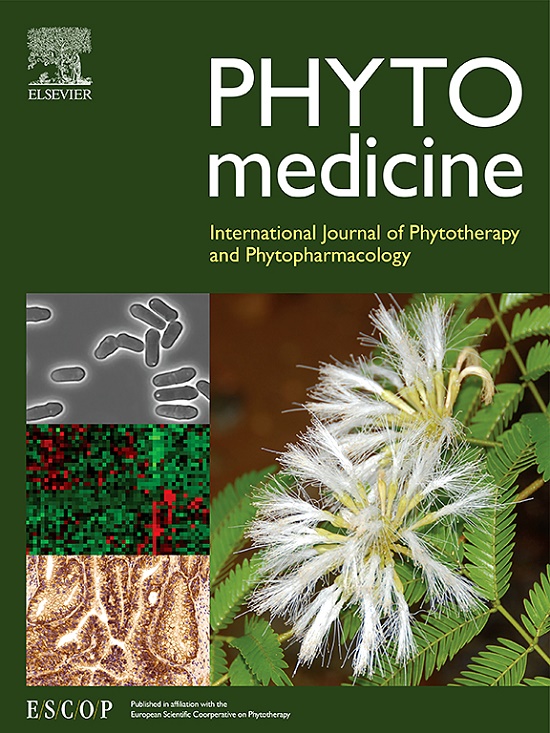Targeting pyroptosis: A novel strategy of ginseng for the treatment of diabetes and its chronic complications
IF 6.7
1区 医学
Q1 CHEMISTRY, MEDICINAL
引用次数: 0
Abstract
Background
Pyroptosis is a recently identified form of programmed cell death that plays a crucial role in the pathogenesis and progression of diabetes and associated chronic complications, while the occurrence mechanism remains unclear. Ginseng (Panax Ginseng C. A. Mey.) is a valuable traditional medicinal material with proved therapeutic effects on prevention and treatment of diabetes and diabetic complications. Targeting pyroptosis pathway has become a focus of study for ginseng in improvement of diabetes and related chronic complications.
Purpose
The review aims to elucidate the happening mechanism of pyroptosis in diabetes and diabetic chronic complications, evaluate the effects of ginseng and its active components on diabetes and its chronic complications via pyroptosis-related pathways, and provide a new perspective for the management of diabetes.
Methods
We conducted the literature retrieval with PubMed, Web of Science, and ScienceDirect databases in a systematic manner (up to August 2024). The keywords included pyroptosis, diabetes, diabetic nephropathy, diabetic retinopathy, diabetic cardiomyopathy, diabetic neuropathy, ginseng, ginseng extract, and ginsenoside. The obtained literatures were comprehensively sorted out.
Results
Oxidative stress, endoplasmic reticulum stress (ERS), and inflammatory responses were primary contributors to pyroptosis in diabetes and associated chronic complications. In addition, some RNA molecules (miRNAs, circRNAs, and lncRNAs) also contributed to pyroptosis under hyperglycemia. The signaling pathways mainly included Nrf2/HO-1, IκB/NF-κB/NLRP3, NOX1/NOX4/TXNIP, and P2X7R/TXNIP/NLRP3. Ginseng extracts, some ginsenosides and flavonoid (Quercetin) could exert anti-diabetic effect by regulating pyroptosis-related pathways. We also discussed the toxicity, side effects and clinical applications of ginseng.
Conclusion
In summary, this review elucidates the happening mechanisms of pyroptosis in diabetes and associated chronic complications, and summarizes published studies about ginseng and its active ingredients in improving diabetes by regulating pyroptosis-related pathways. However, almost all researches are limited to animal and cell experiments, and more clinical trials are required to prove the therapeutic effect of ginseng on diabetes by targeting pyroptosis.
求助全文
约1分钟内获得全文
求助全文
来源期刊

Phytomedicine
医学-药学
CiteScore
10.30
自引率
5.10%
发文量
670
审稿时长
91 days
期刊介绍:
Phytomedicine is a therapy-oriented journal that publishes innovative studies on the efficacy, safety, quality, and mechanisms of action of specified plant extracts, phytopharmaceuticals, and their isolated constituents. This includes clinical, pharmacological, pharmacokinetic, and toxicological studies of herbal medicinal products, preparations, and purified compounds with defined and consistent quality, ensuring reproducible pharmacological activity. Founded in 1994, Phytomedicine aims to focus and stimulate research in this field and establish internationally accepted scientific standards for pharmacological studies, proof of clinical efficacy, and safety of phytomedicines.
 求助内容:
求助内容: 应助结果提醒方式:
应助结果提醒方式:


